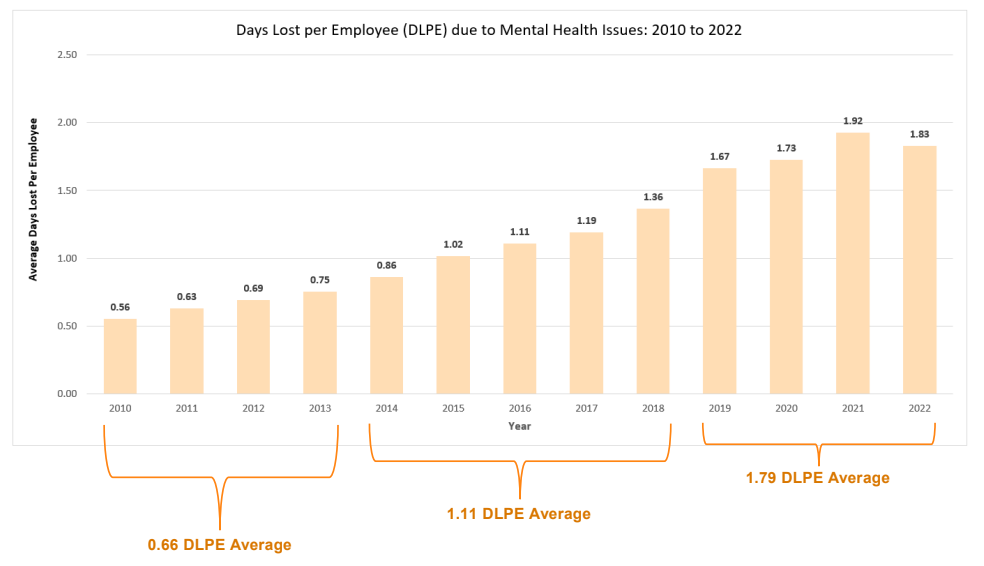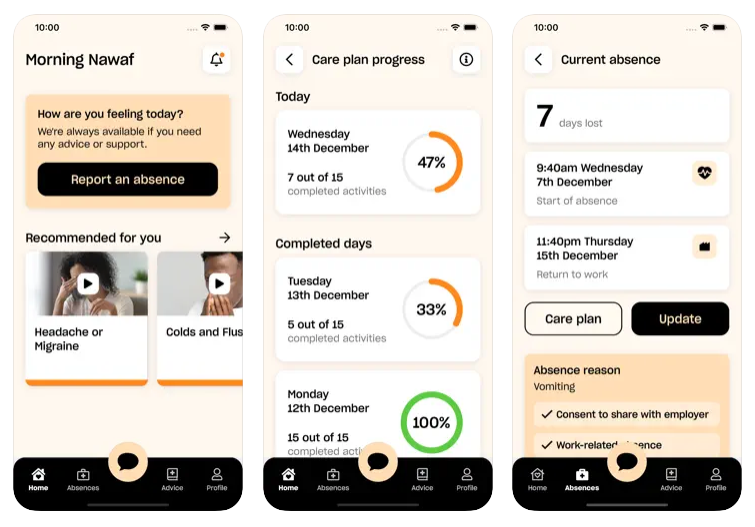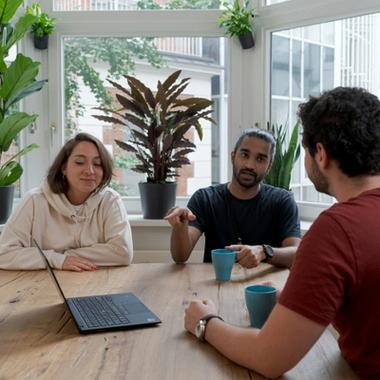With today’s technology-driven world always on the go-go-go, businesses are increasingly recognising the importance of prioritising staff wellbeing and mental health. But can a company’s app or its digital practices play a meaningful role in improving these areas? The answer is a resounding yes.
With the right digital tools and strategies in place, businesses can create environments that promote better work-life balance, reduce stress, and foster a sense of support and connection among employees. From mental health apps to streamlined internal communication platforms, there are countless ways that digital solutions can empower staff to feel happier, healthier, and more productive.
In this blog, we’ll explore five key ways that businesses can leverage digital tools to enhance employee wellbeing, creating a positive and supportive workplace culture.






